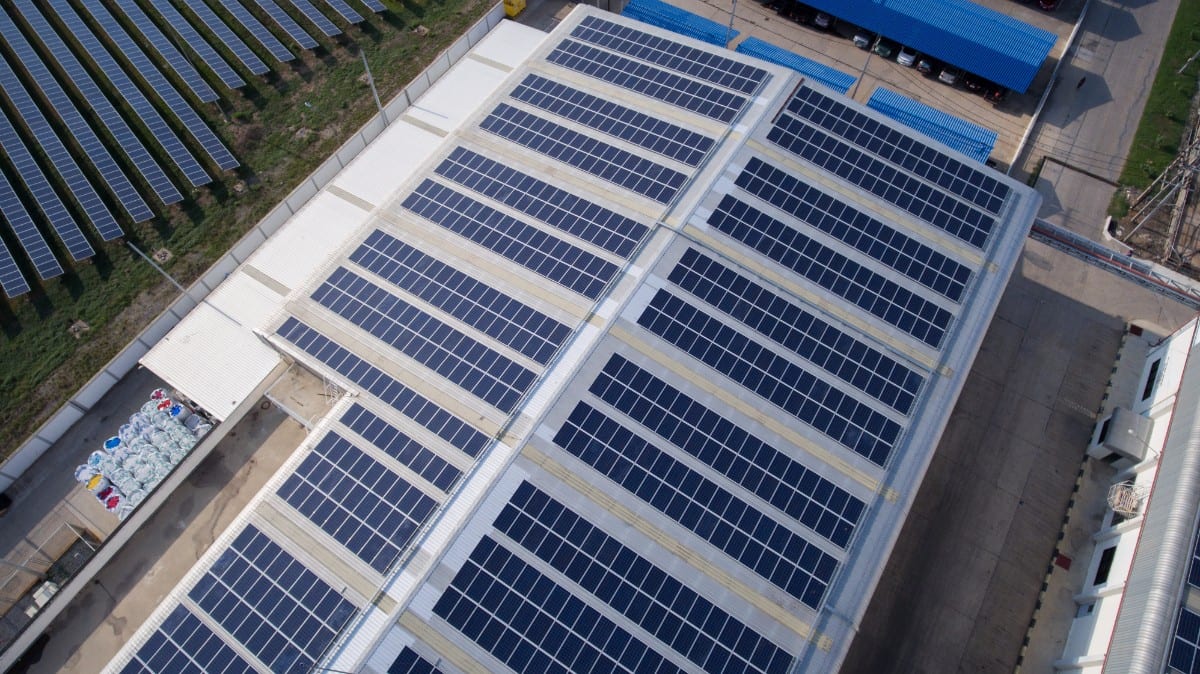Start saving with zero deposit & interest-free payments
No interest ever payment plans for homes and positively geared finance packages for businesses.
What are the rebates?
There are two main kinds of solar rebates currently available: Small-scale Technology Certificates (STCs) and Large-scale Generation Certificates (LGCs). STCs are created to provide financial incentives for installations of small-scale solar power systems, as well as battery systems. STCs are generated when installing a solar system that is 100kW / 100kWh or under. LGCs are provided to those using large solar power systems that are more than 100kW, and only applicable to solar panels, not batteries.
These certificates are made available through the Small-scale Renewable Energy Scheme (SRES). For more information on the battery STCs, click HERE.
STCs for panels and batteries are provided as an upfront payment. System owners can apply for a number of STCs based on the size and type of system installed and their geographic location. The financial incentive received serves to reduce the upfront cost of the installation and enables a quicker return on investment.
LGCs are provided as an ongoing payment rather than an upfront payment. Large-scale power generation is calculated on the renewable electricity produced by the system, so LGC’s are created yearly based on the power created.
LGCs and STCs both decrease in value every year.
Is it worth it?
The exact value of the rebate will depend on the size of your system and your geographic location. There are many variables surrounding the exact potential value of your rebate. The number of STCs you’ll receive will depend on the number of panels you choose to install, as well as the location of the panels, or the size of the battery you install. The number of LGCs will depend on how much energy your solar system produces.
As an example, at the time of writing, a typical residential system, which is 13.2kW in capacity, will receive 108 STCs. Right now the value of each STC is $38, so the complete subsidy here would be $4,104. For batteries, the current STC value for a 16kWh battery would be $5,900. Note, these changes all the time so use this as a guide only.
Commercially, if you installed a 99kW system you would receive 820 STCs, which would equal $31,160 as an upfront subsidy.
As mentioned the geographical location of the installation will mean this figure can vary for customers in different areas. The calculation we have used above covers most installation locations though.
The STC subsidy can provide up to 35% of the cost of your complete system, so if you are serious about solar energy and reducing your energy bills, we would suggest the subsidy is definitely worth organising.
Is it worth it?
The exact value of the rebate will depend on the size of your system and your geographic location. There are many variables surrounding the exact potential value of your rebate. The number of STCs you’ll receive will depend on the number of panels you choose to install, as well as the location of the panels, or the size of the battery you install. The number of LGCs will depend on how much energy your solar system produces.
As an example, at the time of writing, a typical residential system, which is 13.2kW in capacity, will receive 108 STCs. Right now the value of each STC is $38, so the complete subsidy here would be $4,104. For batteries, the current STC value for a 16kWh battery would be $5,900. Note, these changes all the time so use this as a guide only.
Commercially, if you installed a 99kW system you would receive 820 STCs, which would equal $31,160 as an upfront subsidy.
As mentioned the geographical location of the installation will mean this figure can vary for customers in different areas. The calculation we have used above covers most installation locations though.
The STC subsidy can provide up to 35% of the cost of your complete system, so if you are serious about solar energy and reducing your energy bills, we would suggest the subsidy is definitely worth organising.
There are a variety of solar rebates available from the Australian Government.

STCs are provided as an upfront payment and are designed to help cover the cost of the installation of small-scale systems.

LGCs are provided as an ongoing payment for large-scale systems that are over 100kW.

A grid feed tariff is money paid to clients for energy that is exported back into the grid. The value of these feed in tariffs varies depending on the system size, location and whether you have approvals to export excess energy.
No interest ever payment plans for homes and positively geared finance packages for businesses.
Applying for your rebate
At GI Energy we have been dealing with processing Government Rebates for solar energy since 2011. Our team will do everything for you from calculating how much rebate is worth for you, to submitting paperwork. STC rebates are an upfront subsidy, meaning the value of the rebate is deducted from the cost of the system before you pay for it. This means customers only pay the out of pocket expense after the rebate has been deducted.
Applying for your rebate
At GI Energy we have been dealing with processing Government Rebates for solar energy for 7 years. Our team will do everything for you from calculating how much rebate is worth for you, to submitting paperwork. STC rebates are an upfront subsidy, meaning the value of the rebate is deducted from the cost of the system before you pay for it. This means customers only pay the out of pocket expense after the rebate has been deducted.



We are a Clean Energy Council Approved Solar Retailer focusing on residential and commercial customers nationwide.
As an Australian-owned company, we’re passionate about creating a better world through cleaner energy sources whilst providing industry-leading products paired with excellent customer service before, during, and after the sale process.
By providing your details, you agree that we can contact you to discuss installation of our solar and battery products, as well as electricity plans from selected retailers over the phone or at your home.






